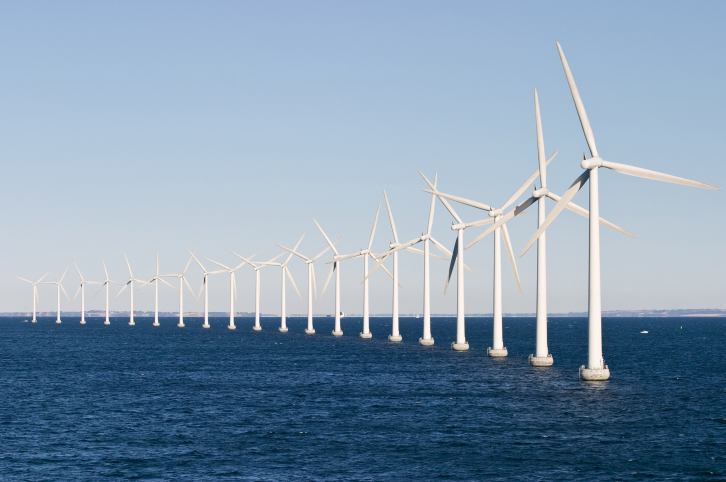
The data are included in the Natural Resources Defense Council’s (NRDC) third annual energy report published earlier this month. The group reports that carbon dioxide pollution has dropped by a full 10% in the period between 2005 and 2014 and that oil consumption has fallen to levels equal to those in 1973, when the U.S. population was about one-third its current size.
The NRDC also praises the Clean Power Plan recently issued by the Obama administration, saying that it ensures that by 2030 the United States will reduce carbon dioxide emissions to a level one-third below 2005 emissions. In that regard, the report notes:
Because the options to comply with the [Clean Power Plan] limits will cost less than continuing to pollute, the average U.S. household will save an estimated $85 per year in electricity bills as power plant emissions decline.
Also, according to the report:
Any hint that economic growth might still be tethered to energy consumption evaporated with the last recession: measured from the previous peak of 2007, the economy has now rebounded to a level 7 percent higher, whereas total energy consumption has dropped by almost 3 percent.
ALSO READ: Where Global Investment in Clean Energy Was Highest in Q3
Electricity consumption between 2000 and 2014 rose by 7.5% while the U.S. population grew by 13% in the same period. The efficiency of the U.S. auto fleet is 25% higher than it was 10 years ago, and oil usage is down 13% in those 10 years.
The biggest change has come in the country’s reliance on coal. The U.S. burned less coal in 2014 than it did in 1990, and annual consumption is down 21% since coal burning reached a peak in 2005.
Conversely, U.S. natural gas burning reached a 40-year high in 2012 when natural gas-fired power plants generated more than 30% of U.S. electricity. The percentage pulled back a little in the succeeding two years (to 28%), but the NRDC expects gas-fired generation to hop back above 30% in 2015. The report notes that natural gas-fired electricity generation surpassed coal-fired generation for the first time ever in April of this year.
As for renewables, in 2014 non-hydropower sources such as solar, wind and geothermal produced three times as much electricity as hydropower sources, 7.5% to 2.5%. Nuclear energy still accounts for 8% of U.S. electric power generation, but growth has stalled. Just one new nuke is expected to come online before 2019, although there are four others that are also under construction.
ALSO READ: 3 Top Jefferies Hidden Value Stocks to Buy Now
The NRDC sees big changes ahead for U.S. utility companies:
Small-scale distributed (onsite) energy resources are proliferating, utilities and customers are trading power back and forth through solar net metering, cars are beginning a transition from gasoline to electricity, and the cost of clean energy has reached historic lows.22 To maintain the reliability of a decarbonized electric grid, load increasingly will need to shift to meet supply, not vice versa. Changes in electricity pricing are key tools for creating a utility business model that works for the future, but this needs to be done thoughtfully and strategically. Hasty solutions for short-term problems—like loading up utility bills with fixed charges that don’t vary with consumption—will create deeper problems in the long term.
This is, indeed, a brave new world.
Thank you for reading! Have some feedback for us?
Contact the 24/7 Wall St. editorial team.



